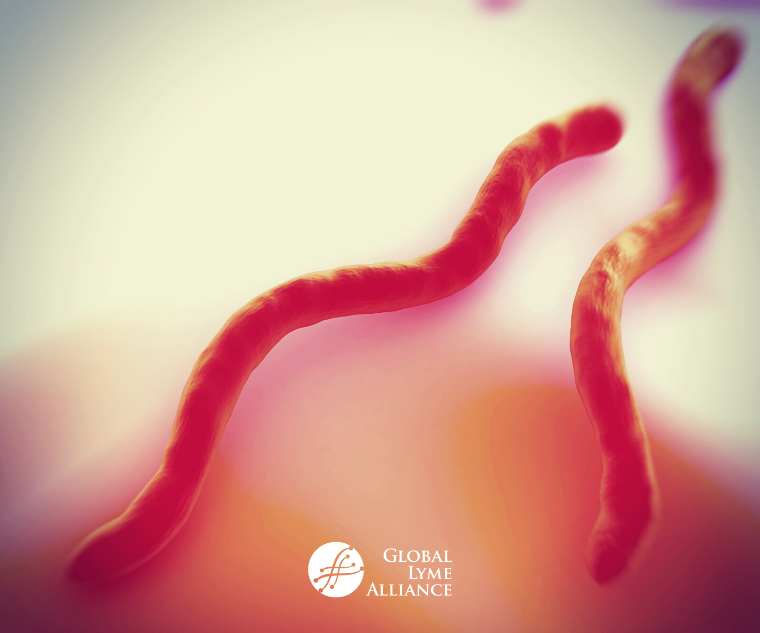
The coronavirus testing debacle, much like early Lyme testing, is a reminder that diagnostics aren’t perfect.
By Carrie Arnold, Undark, June 17, 2020
A S A LYME PATIENT, Jennifer Crystal has a lifetime of experience dealing with severe illness. So when the 42-year-old writer and patient advocate came down with what appeared to be a mild case of food poisoning in early March, she canceled her weekend ski trip to New Hampshire, but otherwise shrugged it off. However, when the dizziness gave way to a fever, and vomiting became a racking cough, Crystal began to worry. Her illness began just as Massachusetts declared a state of emergency due to Covid-19, and because her use of public transit put her in contact with so many people each day, she couldn’t shake the feeling that she was becoming another coronavirus statistic. Her primary care doctor advised her to get tested, which is where she, like nearly all Americans, began running into roadblocks. “I kept getting denied because I hadn’t been out of the country,” Crystal said. “It didn’t matter if you had all the symptoms.” After several days of phone calls to health departments and the governor’s office — and as national news reports began documenting the proliferation of inaccurate or inconclusive Covid-19 tests — Crystal finally found a hospital emergency room that would test her since her immunocompromised status put her at high risk for severe disease. After taking a nasal swab, the doctor sent Crystal home to wait for the test results. When Crystal’s Covid-19 test turned up negative, her primary care physician said it was likely a false negative.Amid the Covid-19 pandemic, others in the Lyme community have begun recognizing some of these same similarities, too. “It was well known that only 10 percent of [Lyme] cases were actually reported to the CDC,” said Fallon. “But they needed to rely on traditional methods, which required positive blood tests or physicians’ records indicating the clinical symptom of erythema migrans. So the CDC numbers were always 10 times less than the actual rate, but the CDC wasn’t explicitly saying this.”
“The same thing is true for Covid-19,” Fallon added. “If you only report cases of people who have been tested, and the tests are not widely available, then you’re going to have a low rate.”
To Crystal, the one bright spot in the coronavirus testing debacle is that it has helped to educate the wider public on issues relating to diagnostic testing — something those in the trenches of Lyme disease when it first began to emerge decades ago had already learned.
While encouraged by the speed with which trials and vaccine development have gotten underway, Fallon noted that there’s still a long way to go. “I think we as medical students who go into medicine thinking that science is so advanced and it knows so much,” he said. “But over the last 30 years, I’ve learned that, yes, science has learned a lot, but it still needs to learn a vast amount more.”
DIAGNOSING LYME DISEASE has always been challenging. Similar to Covid-19, Lyme disease can cause a range of symptoms, such as rash, fatigue, joint pain, facial paralysis, heart problems, dizziness, and more.“These symptoms are subjective and nonspecific,” said Timothy Sellati, chief scientific officer at the Global Lyme Alliance, a nonprofit Lyme disease research group for whom Crystal writes a weekly column, “and so it makes it very, very challenging for a physician to do a differential diagnosis and make certain that this individual has Lyme disease and not chronic fatigue syndrome, not multiple sclerosis, not ALS, and not influenza.”
As a result, physicians have had to rely even more than usual on laboratory-based tests to diagnose Lyme disease. On October 28, 1994, a group of scientists gathered at the Hyatt Regency in Dearborn, Michigan for the Second National Conference on Serologic Diagnosis of Lyme Disease. Their goal was to hash out a standard testing strategy for Lyme disease.
Ever since Lyme disease was identified in 1982 as a bacterial infection caused by Borrelia burgdorferi and spread by Ixodes ticks in the U.S., researchers had struggled to develop a laboratory test to help diagnose the condition. Historically, microbiologists had directly cultured disease-causing bacteria, but that didn’t work for Lyme. For one, B. burgdorferi is nearly impossible to grow in the lab. And even if it did readily grow in culture, the bacterium itself is only present in blood transiently, and in low numbers, so getting a sample would be problematic. That meant that directly identifying the Lyme disease-causing pathogen would be difficult. So researchers instead began looking at indirect ways of identifying Borrelia, such as searching for antibodies produced by the immune system against the bacterium.






